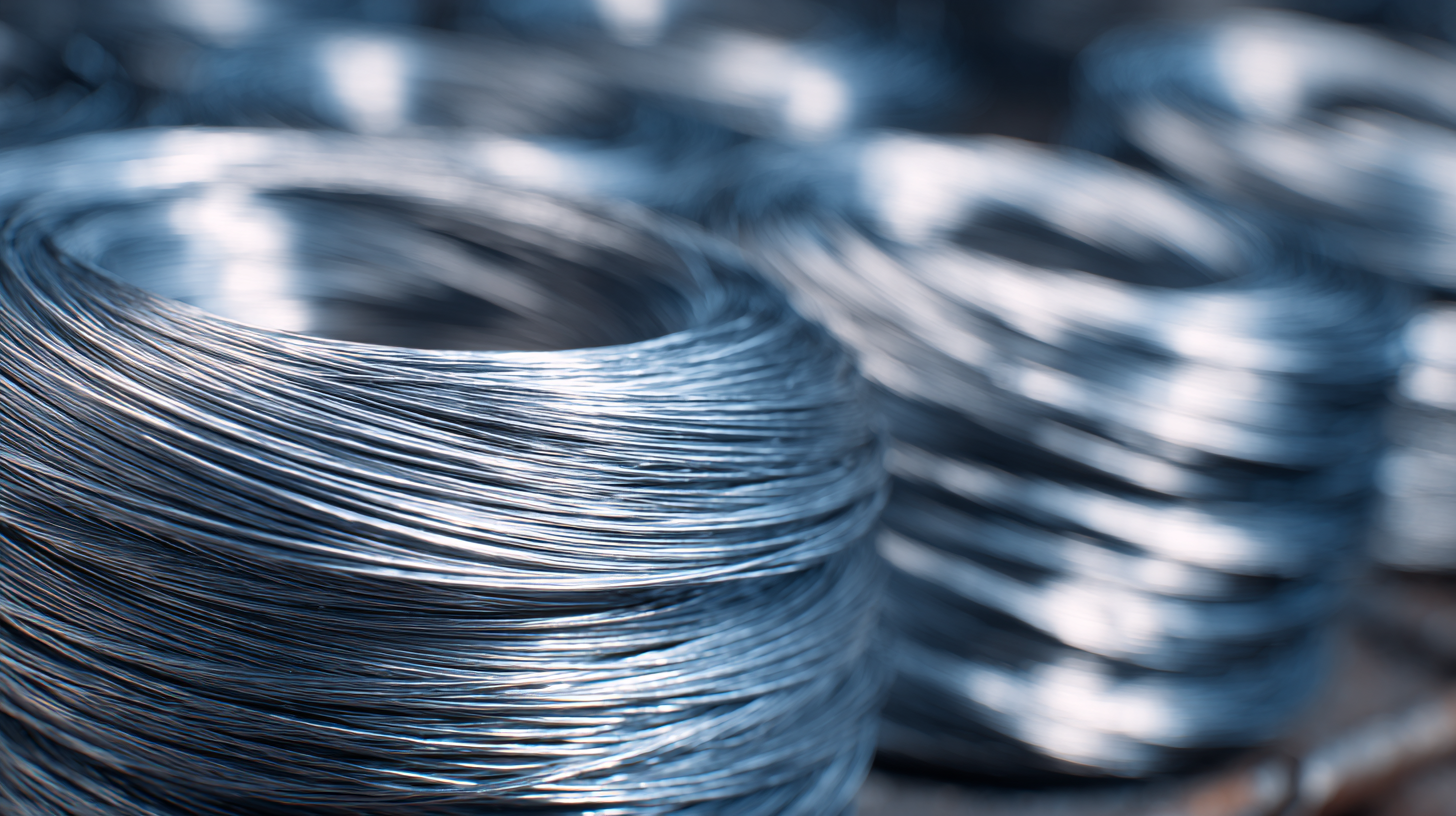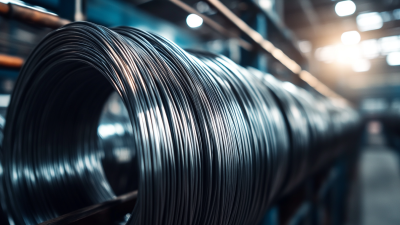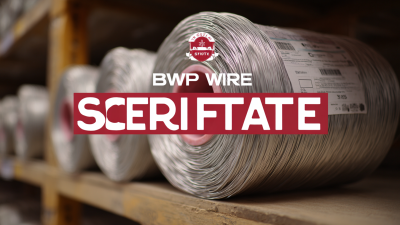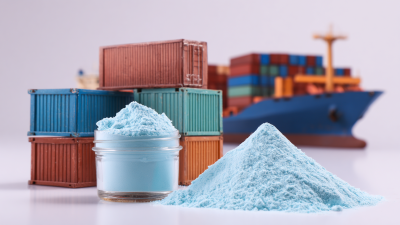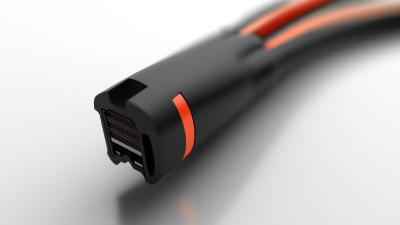When embarking on a project that requires the use of Alloy Wire, making the right choice can significantly impact performance and cost-effectiveness. According to a report by MarketsandMarkets, the global market for specialty alloys, including various types of alloy wire, is projected to reach over $25 billion by 2025, indicating a growing demand across industries such as aerospace, automotive, and electronics. However, with the myriad of options available, selecting the appropriate alloy wire can be daunting. Factors such as tensile strength, corrosion resistance, and thermal stability must be meticulously evaluated to ensure optimal outcomes. This blog will provide you with seven essential tips to help you navigate through the complexities of alloy wire selection, ensuring that your projects stand out in quality and efficiency.
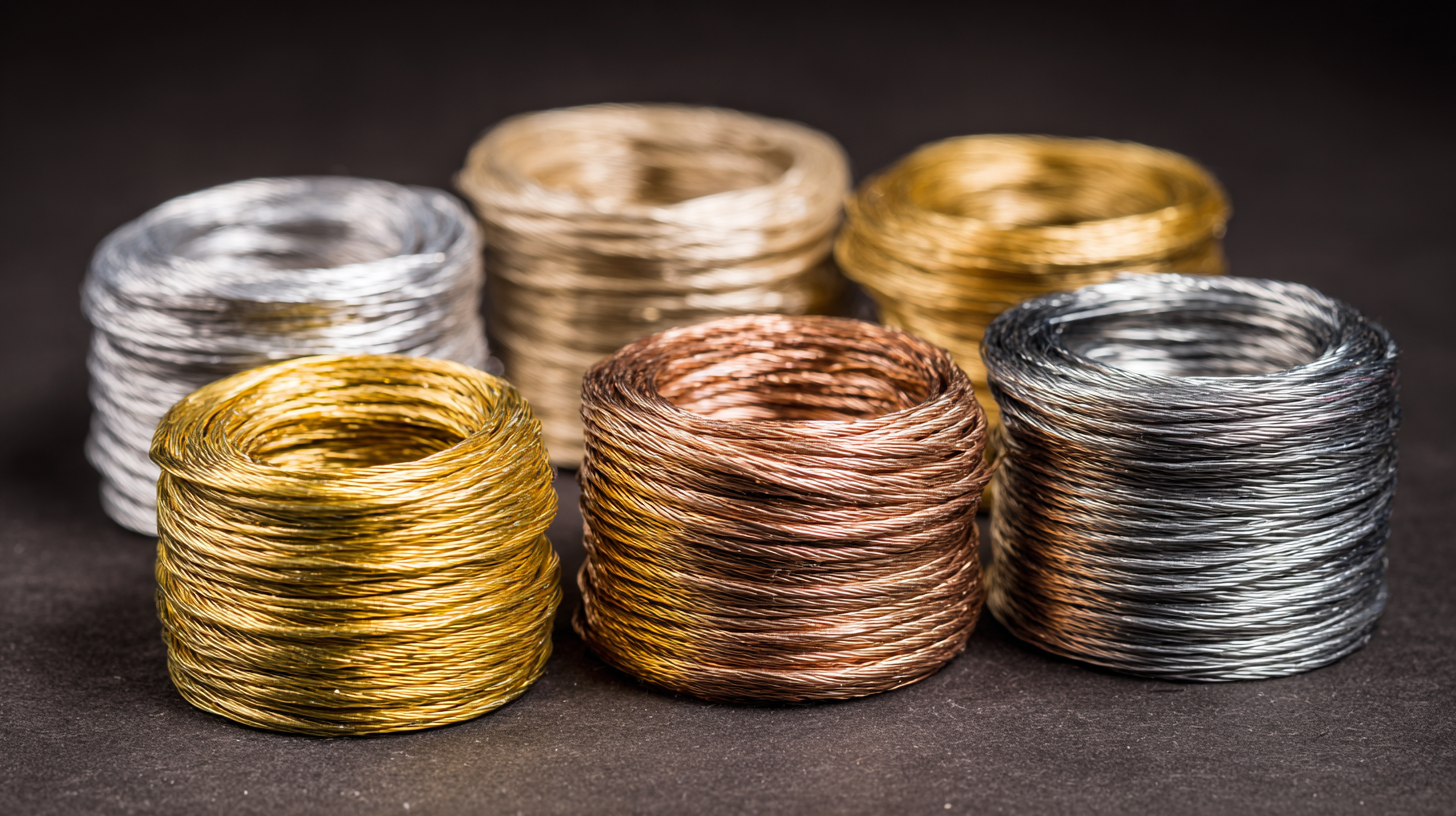
When selecting the right alloy wire for your projects, understanding the types and their key characteristics is crucial. Alloy wires are typically categorized into a few major types, including stainless steel, nickel-based, and copper alloys, each with distinct properties suited for specific applications.
For instance, stainless steel alloy wires, known for their corrosion resistance and strength, are often used in automotive and aerospace industries. According to a report by Smithers Pira, the global market for stainless steel wire is projected to reach approximately $3 billion by 2025, signifying its widespread usage and importance.
Nickel-based alloys, on the other hand, offer exceptional heat resistance, making them ideal for high-temperature applications like gas turbines and chemical processing. The market for nickel alloys is expected to grow at a CAGR of 6.5% through 2027, as highlighted by a study from Research and Markets. Additionally, copper alloys, renowned for their excellent electrical conductivity, are frequently utilized in electrical wiring and electronics.
Understanding these characteristics can significantly impact the efficiency and durability of your projects, ensuring you select the most suitable alloy wire type for your specific needs.
When selecting the right alloy wire for your projects, evaluating the mechanical properties is crucial. Strength is often the most critical factor, as it determines how well the wire will perform under load. Different applications may require specific tensile strength levels; for instance, high-strength alloys are essential in aerospace and construction applications, where durability and safety are paramount. Therefore, assess the requirements of your project carefully and choose an alloy with sufficient strength to meet those demands.
Ductility is another essential property to consider. It refers to the wire's ability to deform without breaking, allowing it to be drawn into different shapes or lengths. High ductility is particularly important in applications involving bending, twisting, or extensive manipulation, as it enhances the wire's performance and longevity. Additionally, fatigue resistance plays a vital role; it measures how well the alloy can withstand repeated cycles of stress and strain over time. Choosing an alloy wire with excellent fatigue properties ensures that it will maintain its integrity even in demanding environments, thus prolonging the life of your project components.
When selecting alloy wire for projects exposed to harsh environments, corrosion resistance becomes a crucial factor. Corrosion can significantly weaken materials and lead to premature failures, making it essential to choose alloys that can withstand such challenges. According to a recent report by the Corrosion Society, corrosion costs the U.S. economy over $300 billion annually, emphasizing the need for materials that offer robust protection in critical applications.
Alloy wires made from materials such as stainless steel, nickel, and titanium exhibit superior resistance to oxidation and various corrosive agents. For instance, nickel-based alloys are particularly favored in environments with high temperatures and aggressive chemicals due to their excellent resistance to pitting and crevice corrosion. Data indicates that alloys like Inconel 625 can withstand extreme conditions, maintaining their integrity in environments with temperatures up to 1,800°F. Additionally, using alloys like 316 stainless steel can provide effective resistance to chloride-induced corrosion in marine applications, making it a preferred choice in such scenarios. Understanding the specific corrosion processes at play and selecting appropriate alloys can significantly extend the lifespan of your projects.
When selecting alloy wire for your projects, understanding conductivity and thermal properties is paramount. Conductivity, which is the ability of a material to conduct electricity, varies significantly across different alloy compositions. According to a report by the International Journal of Electrical Engineering, copper alloys typically exhibit conductivity rates of 90% IACS (International Annealed Copper Standard), while aluminum alloys hover around 61% IACS. For applications requiring high electrical conductivity, choosing a copper-nickel alloy can provide an optimal balance of strength and conductivity, notably around 85% IACS.
Thermal properties play an equally critical role in the performance of alloy wires. The thermal conductivity of an alloy is crucial for projects where heat dissipation is essential. For instance, a study published in the Journal of Materials Science shows that aluminum alloys have a thermal conductivity of about 235 W/m·K compared to stainless steels, which may only reach approximately 16 W/m·K. Such disparities highlight the necessity of assessing the thermal requirements of a project, especially in high-temperature environments. Thus, by prioritizing the right alloy wire based on these properties, you can ensure both efficiency and longevity in your applications.
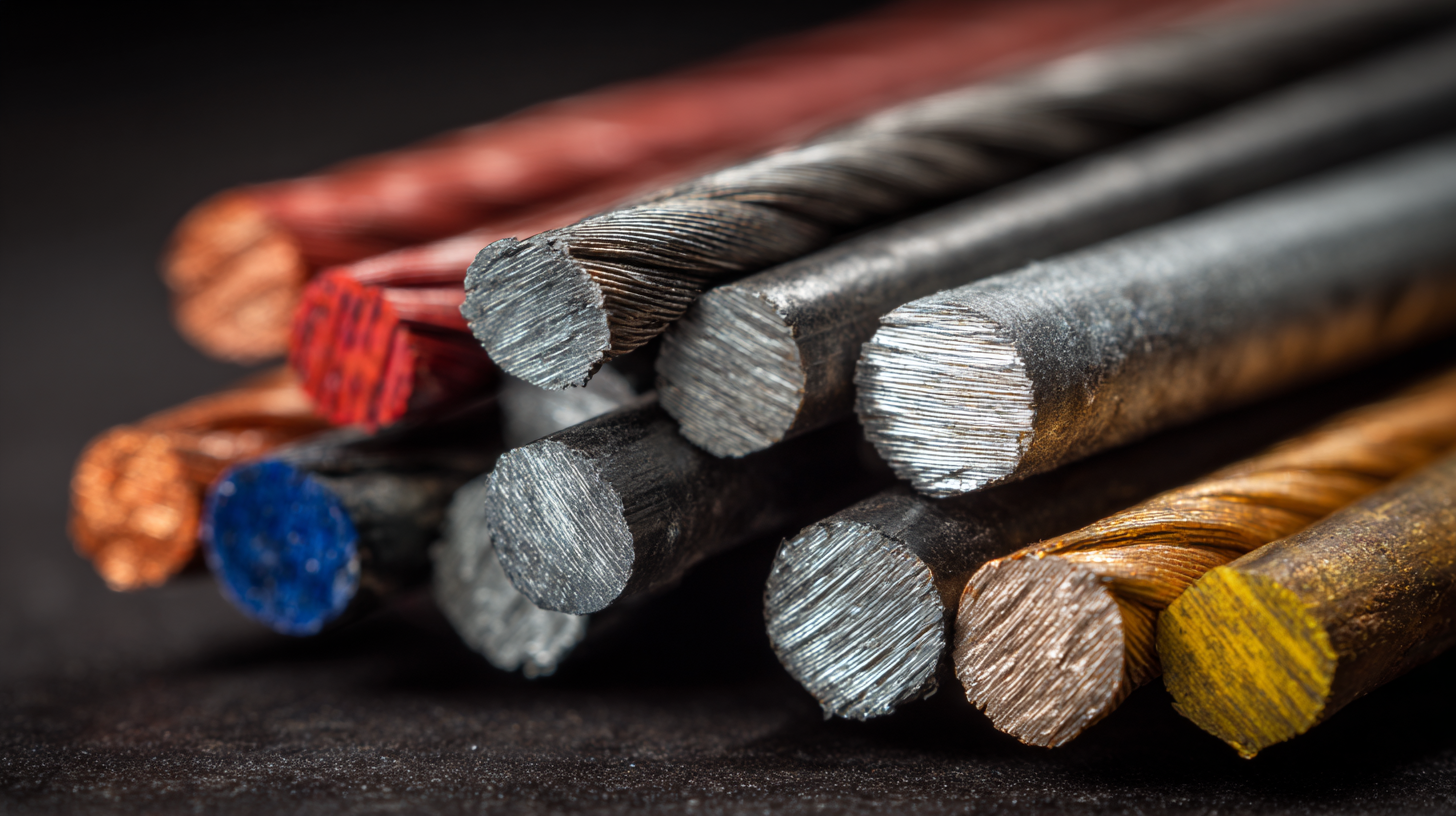
When selecting alloy wire for your projects, the interplay between cost and performance cannot be overstated. While it might be tempting to opt for the least expensive option, it's crucial to consider how this decision can impact the durability and effectiveness of your project. Higher quality alloy wires often come with better corrosion resistance, improved tensile strength, and overall superior performance. Therefore, investing in a reliable alloy wire can save you money in the long run by reducing maintenance costs and enhancing the longevity of your projects.
Balancing budget with quality requires a detailed assessment of your project's specific needs. Start by identifying the environmental conditions the alloy wire will face, such as exposure to chemicals or extreme temperatures. Assess the importance of performance characteristics like conductivity and tensile strength in relation to your budget constraints. By carefully weighing these factors, you can make an informed decision that aligns with both your financial plan and project requirements, ensuring that you achieve optimal results without unnecessary overspending.
